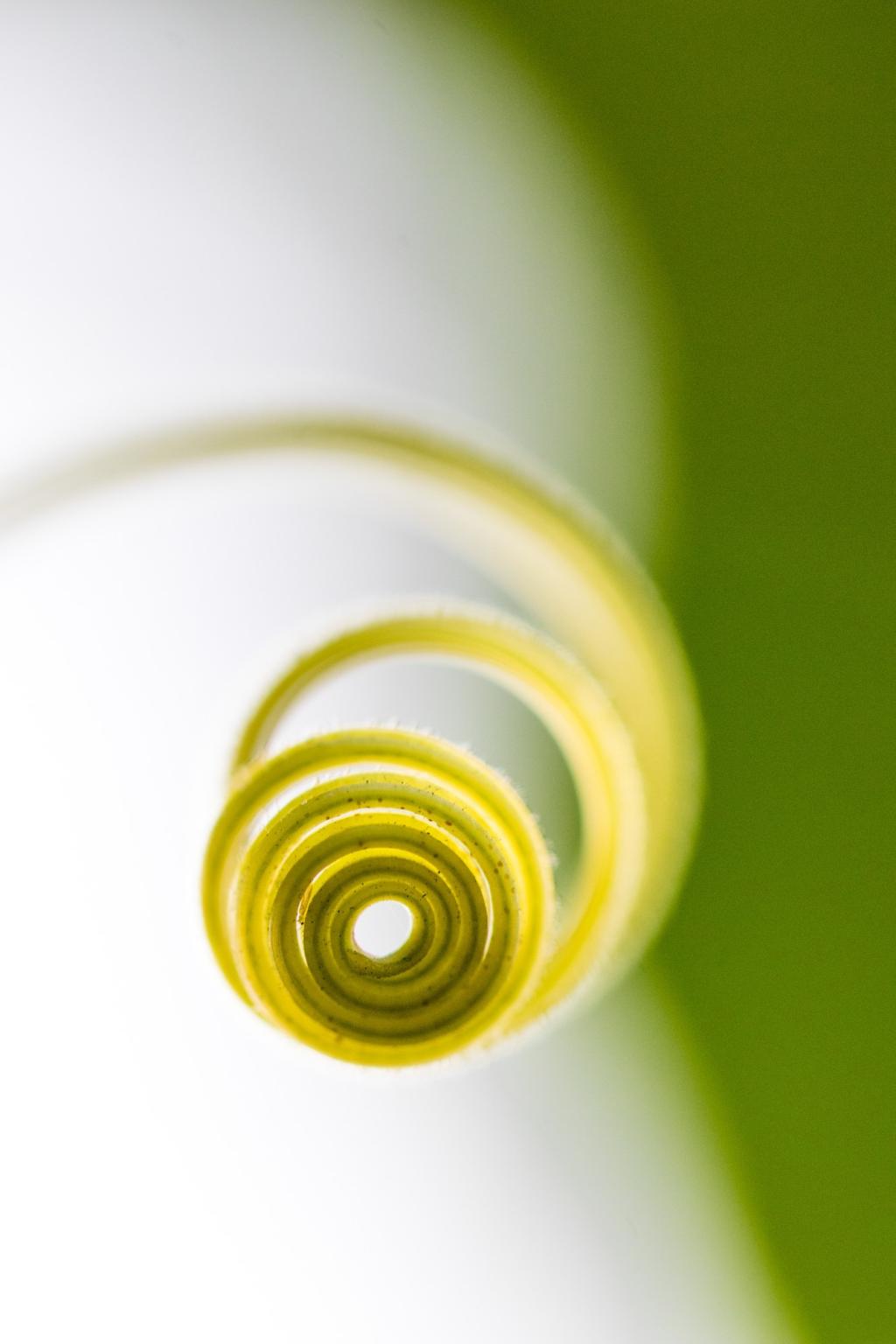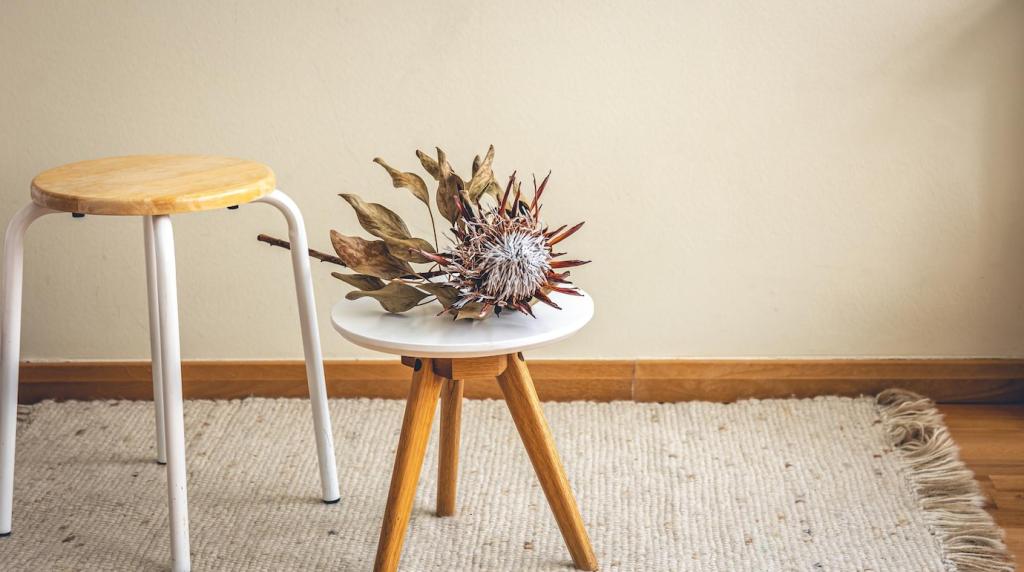Non-Toxic Finishes for Green Furniture
Chosen theme: Non-Toxic Finishes for Green Furniture. Discover healthier, low-VOC ways to seal, color, and protect wood so your rooms smell fresh, breathe easy, and age gracefully. Join our community—comment, share photos, and subscribe for weekly tips.

Why Healthy Finishes Matter Indoors
Volatile organic compounds off-gas into your rooms, particularly during application and early cure. Choose zero- or ultra-low-VOC finishes verified by third-party testing, and remember pigments or colorants can raise VOC numbers. Ventilation and patience dramatically reduce lingering odors.

Know Your Finish Families
Pure tung oil polymerizes into a water-resistant network, while polymerized linseed avoids heavy-metal driers often found in boiled versions. Hemp oil offers gentle enrichment with fast, fuss-free application. Build protection with multiple thin coats, allowing generous time between layers to cure.
Preparation and Application, the Green Way
Surface Prep Without Harsh Chemicals
Sand progressively through grits, vacuum thoroughly, and wipe with a slightly damp, lint-free cloth to capture remaining dust. Raise the grain with a light water mist for water-based finishes. Choose plant-based cleaners only when needed, and keep the workspace scrupulously dust-free.
Thin Coats, Patient Cures
Apply thin layers with a lint-free cloth or quality brush, working with the grain. Wipe excess promptly to avoid sticky spots. Allow full cure times—days, not hours—especially for oils. Good airflow, moderate temperature, and low humidity make a noticeable difference in results.
Color the Natural Way
Earth pigments and mineral tints mix beautifully with many plant oils, creating gentle whites, warm umbers, and deep oxides without harsh dyes. Always test on offcuts to preview color shift, grain pop, and final sheen under the light where your furniture will live.

Pair an oil’s deep penetration with a wax’s surface shield for a balanced, repairable system. High-wear areas may need an extra coat. Let each layer cure fully to build cohesion, and always buff wax to a dry, pleasant, non-greasy finish.

Use a soft cloth and pH-neutral soap for routine cleaning, avoiding ammonia or abrasive powders. Coasters, placemats, and felt pads prevent moisture rings and scratches. Embrace a gentle routine and your finish will develop a graceful patina rather than premature wear.

Small scuffs often vanish with a quick re-oil and buff. For deeper marks, spot-sand along the grain, reapply finish, and blend the edges. This localized repairability is a huge advantage of many natural finishes—easy fixes, minimal waste, and almost no downtime.



Stories from a Green Workshop

A reader stripped an old crib and finished it with polymerized linseed oil and a whisper of wax. No harsh smell lingered, and the wood glowed warmly. They aired the room well, then welcomed peaceful naps without chemical tang.
